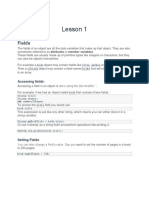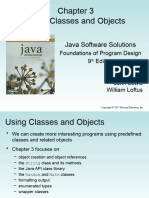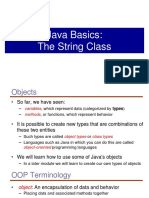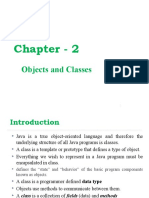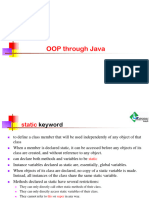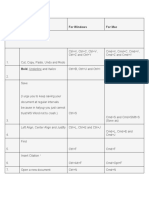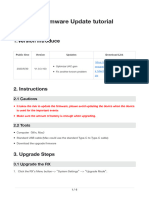0% found this document useful (0 votes)
18 views48 pagesUnit 2 - Using Objects
Unit 2 of the AP CS A course focuses on using objects in Java, covering concepts such as classes, objects, instance variables, constructors, and methods. It explains how to create and manipulate objects, including procedural abstraction, return values, and the use of getters and setters. Additionally, it introduces string objects, wrapper classes, and static methods, particularly within the Math class.
Uploaded by
veddwivedi39Copyright
© © All Rights Reserved
We take content rights seriously. If you suspect this is your content, claim it here.
Available Formats
Download as PDF, TXT or read online on Scribd
0% found this document useful (0 votes)
18 views48 pagesUnit 2 - Using Objects
Unit 2 of the AP CS A course focuses on using objects in Java, covering concepts such as classes, objects, instance variables, constructors, and methods. It explains how to create and manipulate objects, including procedural abstraction, return values, and the use of getters and setters. Additionally, it introduces string objects, wrapper classes, and static methods, particularly within the Math class.
Uploaded by
veddwivedi39Copyright
© © All Rights Reserved
We take content rights seriously. If you suspect this is your content, claim it here.
Available Formats
Download as PDF, TXT or read online on Scribd
/ 48

